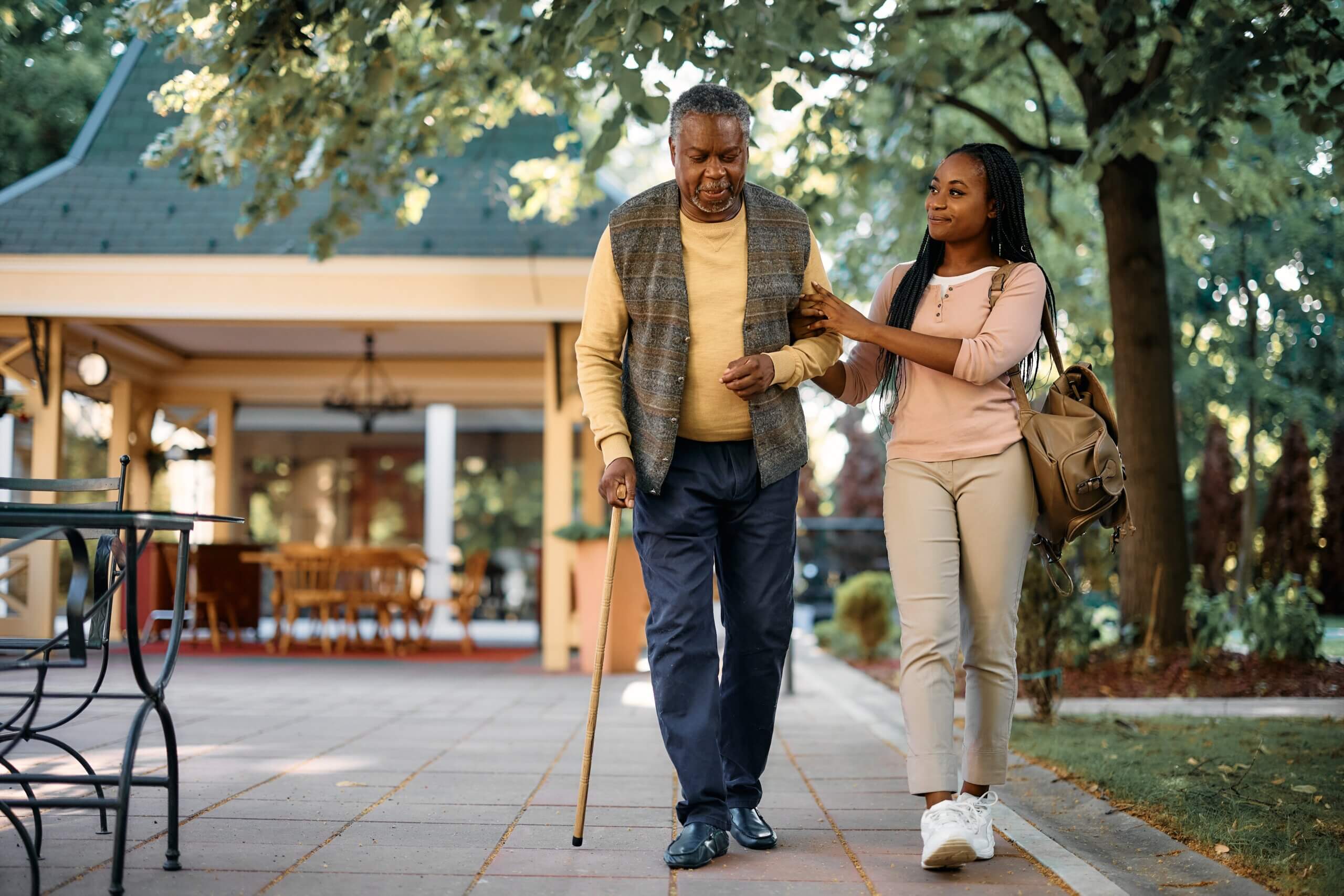Table of contents
Falls Pose a Significant Risk to the Well-being of Americans Aged 65 and Over
As we age, we may face obstacles related to nutrition, taste, memory, and even maintaining our balance. In fact, balance issues are some of the most common reasons why individuals over 65 seek medical attention. According to the Centers of Disease Control and Prevention, falls are the leading cause of injury and death for Americans aged 65 and older.
Balance issues in older adults can stem from various factors such as natural bodily changes with age, medications, health conditions, and potential environmental risks. Fortunately, there are several strategies seniors can employ to address balance issues, including engaging in physical activity, correcting vision impairments, and taking safety measures.
Causes of Balance Issues in Older Adults
Understanding the root causes of balance issues in seniors is crucial in the journey toward enhancing stability. While older adults often face a variety of problems with maintaining their equilibrium, the underlying reasons are individualized. Factors like lightheadedness stemming from circulatory disorders or breathing difficulties due to conditions like COPD can significantly impact balance, especially during transitions from seated or lying positions. Beyond medical conditions, numerous other triggers can lead to balance struggles. Let’s explore the most prevalent contributors to balance issues.
Medication side effects: Medications can alleviate symptoms but may cause balance issues, especially in seniors on blood pressure meds. Don’t stop abruptly; talk to your healthcare provider about alternative options.
Vision-related issues: Vision issues can affect balance for seniors with low vision, making it challenging to maintain stability at home. Conditions like cataracts and age-related macular degeneration can cause unsteadiness, disorientation, and increase the risk of falls.
Chronic conditions: Seniors with chronic conditions are at a higher risk of falls and balance issues. Conditions like diabetes, COPD, and cardiovascular disease can lead to dizziness and an increased risk of falling.
Age-related hearing loss: Hearing loss can be linked to balance issues, as inner ear disorders in older adults can affect stability and equilibrium.
Tips for Improving Your Balance
It’s not uncommon to experience balance issues, especially as we age. If you find yourself struggling with your balance, consider discussing it with your healthcare provider or taking steps to improve it with the suggestions below.
Address Health Problems
If you suspect that your balance problem stems from a balance disorder, a medical condition, or a medication, don’t hesitate to seek advice from your doctor. Prompt treatment is essential if you have an injury affecting your muscle or joint health, mobility, or range of motion.
Look into Physical Therapy
Once the cause of your balance issues has been identified by a doctor, they may suggest specific exercises to assist in maintaining stability. Physical therapists can contribute to this effort by designing activity programs that emphasize flexibility, stability, strength, and endurance, as recommended by the American Academy of Family Physicians.
Make Balance Exercises Part of Your Routine
Research has highlighted the advantages of balance and coordination exercises for older adults. There are simple exercises you can incorporate into your routine to boost your balance and strengthen your core. Additionally, if you use a walker, there are seated exercises you can try out.
Support a Healthy Lifestyle
Adopting a healthy and active lifestyle can also contribute to the maintenance of good balance by enhancing your cognitive and physical well-being. Small lifestyle changes, such as eating nutritiously, stretching, and going for walks, can help keep your mind sharp and your body resilient.
Prevent Falls and Invest in Support
A fall-related injury can compromise our balance as we age, especially affecting areas such as the ankles, knees, or hips. If you struggle to walk even short distances, it might be necessary to begin paying additional attention to the support you require. This could involve purchasing orthopedic shoes with Velcro instead of laces, using a cane or walker for added stability, or installing handrails near stairs or poorly lit areas, as suggested by the Vestibular Disorders Association.
Conclusion
For seniors experiencing balance issues and requiring physical rehabilitation, physical therapy is an excellent supplement to their healthcare regimen. Individuals or their caregivers should consult their healthcare provider for a referral. Physical therapy offers numerous benefits for older adults with balance issues, including improved mobility, increased strength, better balance, and enhanced overall physical function.
For residents of senior living communities served by EmpowerMe Wellness, accessing physical therapy is simple. EmpowerMe’s physical therapists work collaboratively with the entire community care team to bring PT services to residents where they feel most comfortable.



